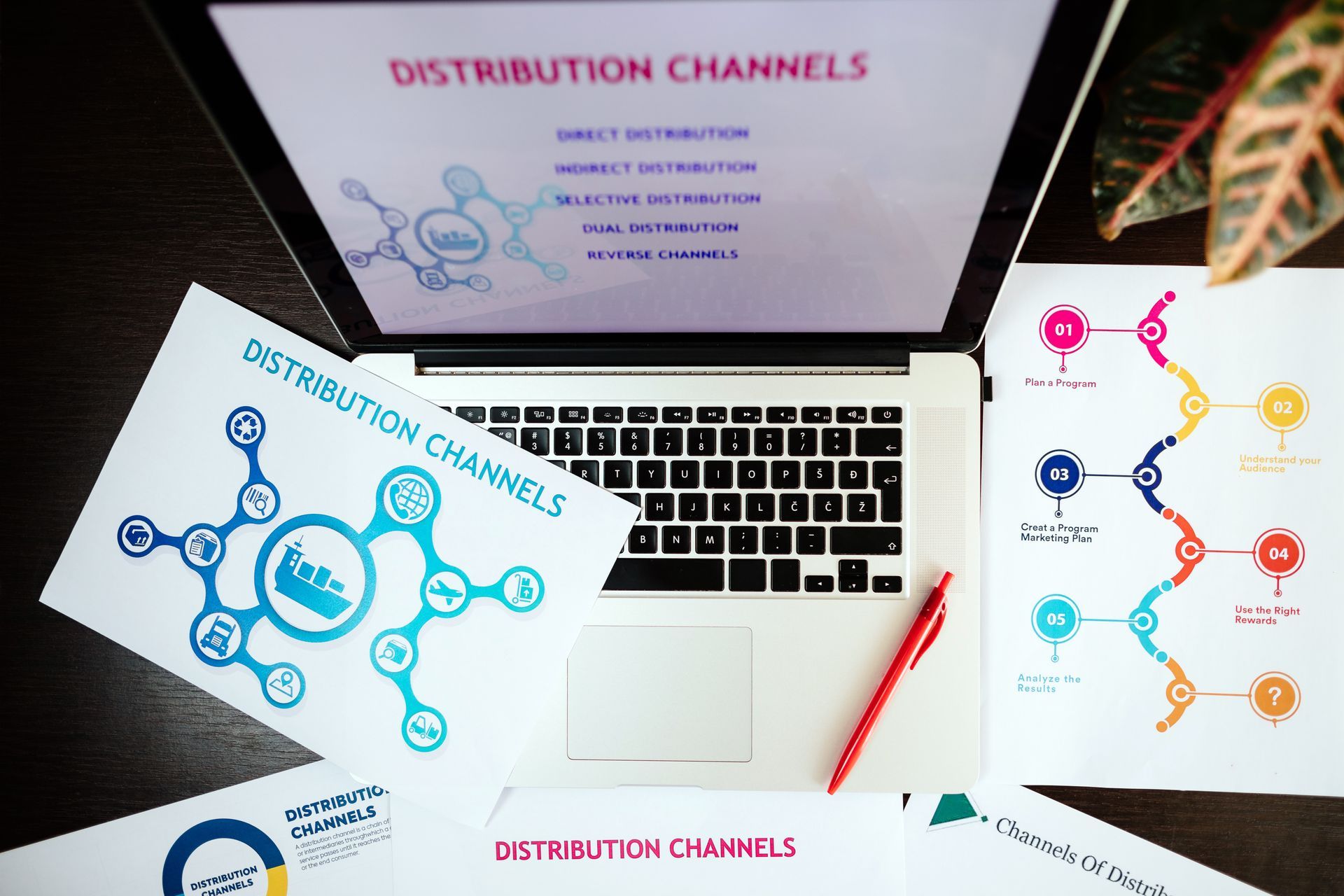How Big Platforms Attribute Conversions (and screw you over in the process)
The initial promise of digital marketing rests on the hope that for once you’ll finally know exactly how and where your marketing budget is best spent. Every conversion is supposedly able to be tracked back to the correct source(s) and you as the marketer then know the actions you should take to improve your performance.
The theory is great. In practice, this is not at all how the process now works. We wanted to run you through what really goes on behind the scenes, and to show you an alternative.
First a bit of backstory. In the initial golden age of digital marketing, much of this process was different thanks to 3rd party cookies. These allowed users to be tracked across the web and enabled pretty accurate attribution. Unfortunately, they were also very invasive and led to the developments we have seen recently with Apple’s iOS updates and Google planning to ditch 3rd party cookies soon.
Without the 3rd party cookie crutch to lean on, these platforms are now blind outside their own ecosystem. Leading to what you see below.
When a user now goes on social media (let’s use TikTok in this example), ads pop up. If the ad fits their needs, they click and this is recorded. Let’s say this happens on October 1st.
The user leaves the Tik Tok ecosystem and is now on the marketer’s website. No further tracking is available, and they decide to think about their purchase before completing.
Then on October 6th, they see another ad from the marketer’s campaign #2 on TikTok. They click on this and come back to the website to browse further. We know it is the same user as they have the same cookieID (123). Still no conversion however.
Finally, after considering their options, on October 10th, they pull the trigger and make a purchase. Because this is within the 30 day attribution period that is commonly used, the conversion is attributed to Tik Tok.
Simple.

This is only part of the story however.
What actually happens, we have the first two interactions on October 1st and 6th, but on the 6th, the potential customer decides to sign up for the email newsletter.
On October 7th, they click through a link in the newsletter and visit again.
Then, on October 10th, they click through a Google Ad on their lunch break.
Finally, back home that evening, they go directly to the site and make a purchase.
Tik Tok is unable to track any of the interactions that happen other than it’s own.
However, because the clicks and subsequent conversion occurred within the 30 day period, they claim attribution.
Google does the same. It also saw a click within the period and so informs you that it claims attribution.
Likewise, if you use Klaviyo or another email campaign manager, they will also claim credit, meaning that if we tracked everything this is what we would see:

Thus, for 1 order, we now have 3 entities claiming credit. What’s worse is that you can’t currently piece any of this together without some serious legwork.
LayerFive has a patent pending, 1st party cookie solution to this problem that is privacy compliant. We are able to track your clients interactions with you through their entire customer journey. You get a convenient, easy to use platform that breaks all this down for you. Our clients consistently achieve substantial increases in marketing performance once they’re able to see the true picture. If you need better attribution, get in contact using the button below.
You might also like:




